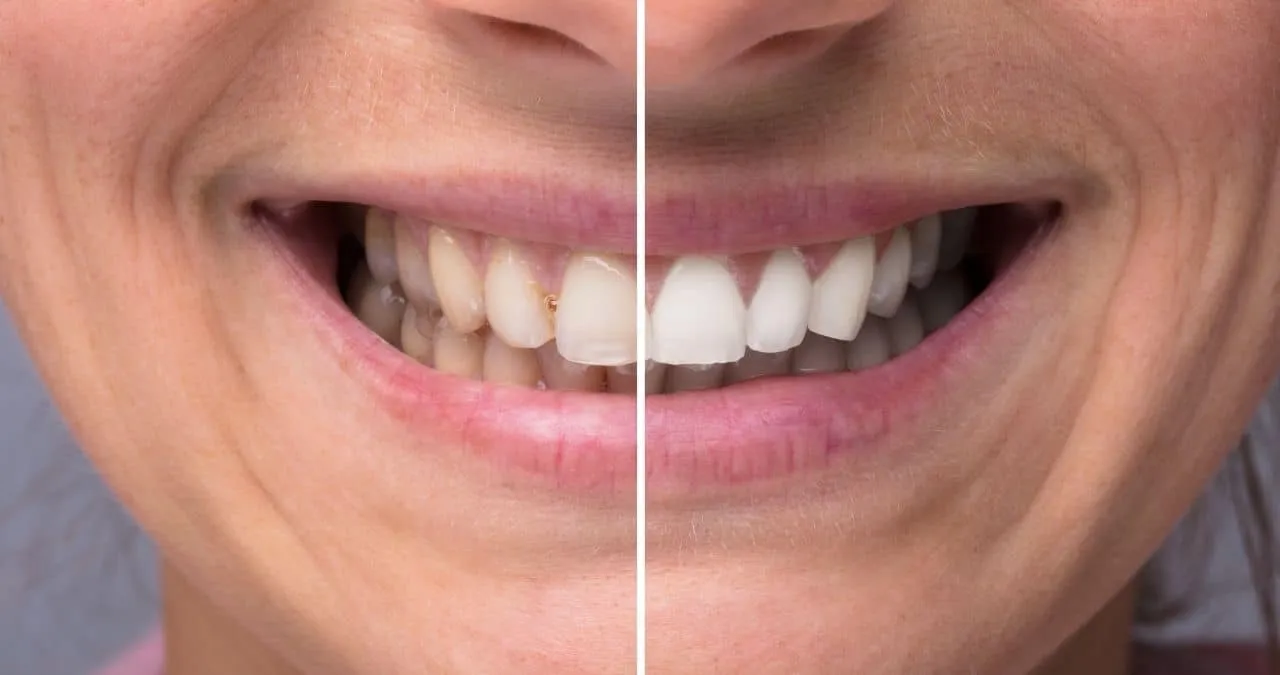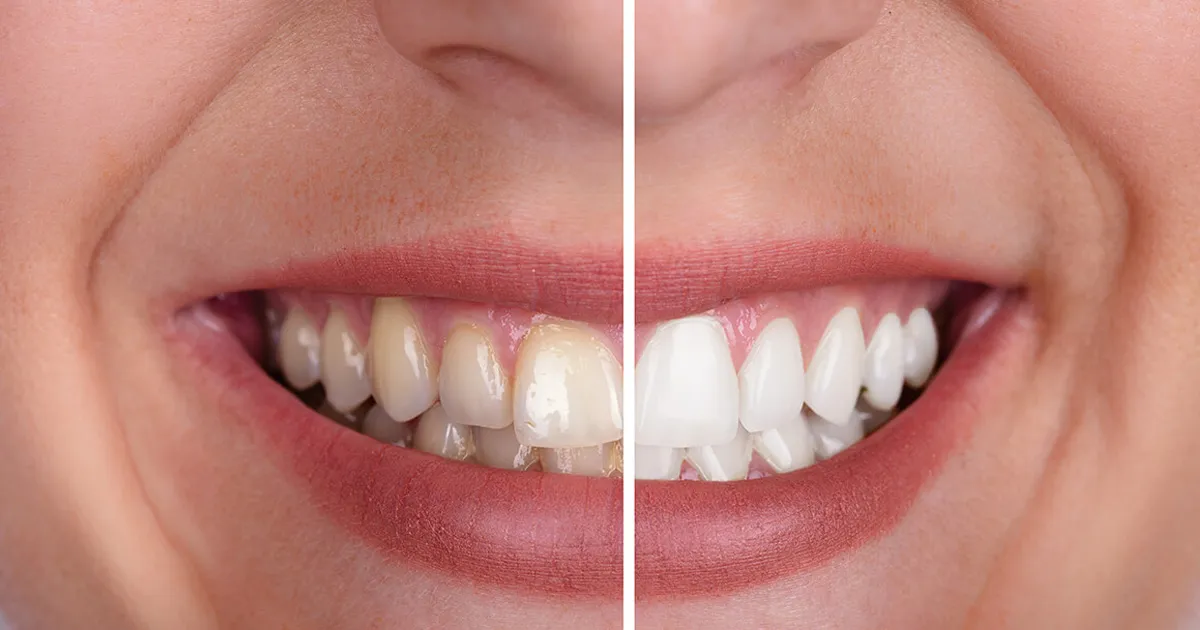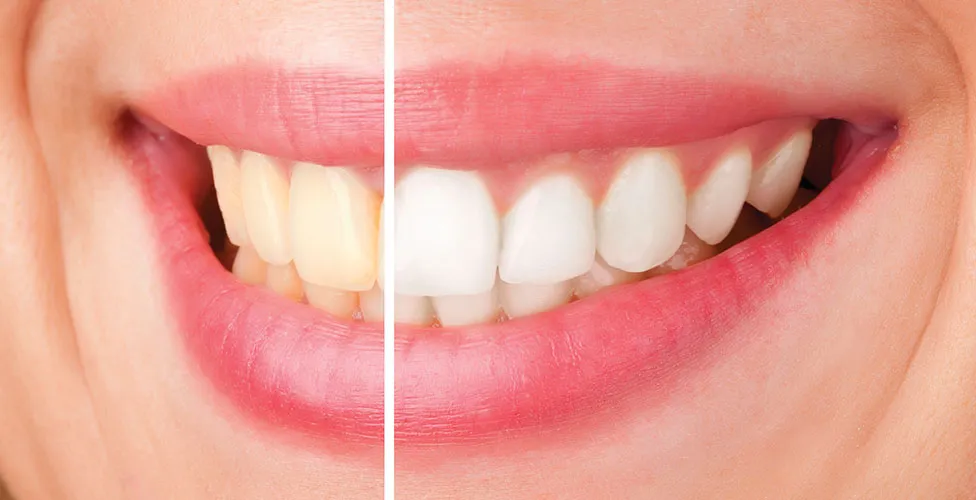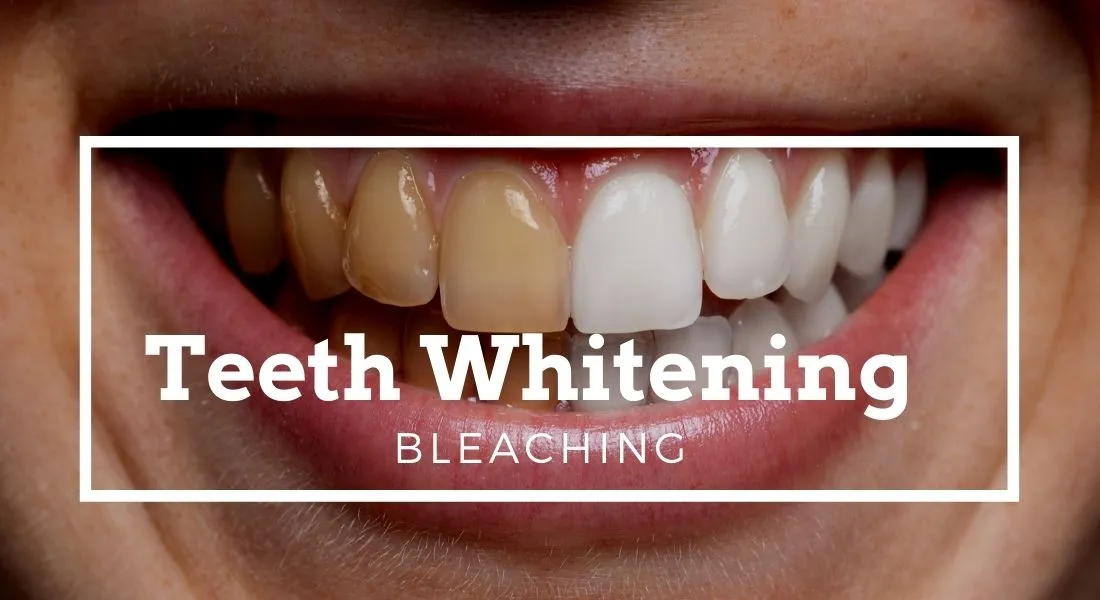The pursuit of a brighter, more dazzling smile has led many people to explore teeth whitening treatments. But is teeth whitening good or bad? The answer isn’t a simple yes or no; it’s a nuanced assessment that considers the various facets of the procedure. This comprehensive guide delves into the pros and cons, different treatment types, and important considerations to help you make an informed decision. We’ll explore everything from in-office procedures to at-home kits, examining their efficacy, potential risks, and how they can impact your overall oral health. Understanding the details is crucial because a beautiful smile should be a healthy smile, and understanding the process is the first step.
What is Teeth Whitening?
Teeth whitening, also known as tooth bleaching, is a cosmetic dental procedure designed to lighten the shade of your teeth. The primary goal is to remove stains and discoloration, resulting in a brighter, more aesthetically pleasing smile. This process typically involves the use of bleaching agents, such as hydrogen peroxide or carbamide peroxide, which penetrate the enamel and dentin to break down staining molecules. The effectiveness of teeth whitening can vary depending on the type of stains, the treatment method, and individual factors like the natural shade of your teeth and your oral health habits. This procedure has become increasingly popular because it offers a relatively quick and non-invasive way to enhance your smile and boost self-confidence, making it a go-to choice for many seeking a cosmetic dental solution.
Types of Teeth Whitening Treatments
The world of teeth whitening offers a variety of treatments, each with its unique approach. These treatments can be broadly categorized into in-office and at-home methods. The best choice for you will depend on factors like your budget, the severity of your stains, and how quickly you want to see results. Both options use bleaching agents, but the concentration of these agents and the method of application vary significantly. It’s important to discuss these options with a dental professional to understand which approach aligns with your oral health needs and cosmetic goals. Always consult with a dentist before beginning any whitening regimen to ensure it’s appropriate for your specific situation and to avoid potential complications.
In-Office Teeth Whitening

In-office teeth whitening, performed by a dental professional, offers the most immediate and dramatic results. These treatments typically involve a high concentration of bleaching agents, applied directly to the teeth under controlled conditions. The dentist may use a special light or laser to accelerate the whitening process. Because of the professional setting, in-office whitening provides a safer and more effective option, as the dentist can monitor your teeth and gums for any adverse reactions and make adjustments as needed. The entire procedure usually takes about an hour and can significantly lighten your teeth in a single session. While more expensive than at-home options, in-office whitening is often preferred for its speed, effectiveness, and professional oversight. This method ensures that any potential risks are minimized and that you achieve the best possible outcome for a brighter, whiter smile.
At-Home Teeth Whitening
At-home teeth whitening treatments are a convenient and cost-effective alternative. These options include over-the-counter products like whitening strips, toothpastes, and gels, as well as custom-fitted trays prescribed by your dentist. Whitening strips are easy to use and apply a thin layer of bleaching agent directly to your teeth. Whitening toothpastes contain mild abrasives and chemicals to remove surface stains, while whitening gels are applied with trays or brushes. Custom trays, provided by your dentist, offer a more tailored approach, ensuring better contact between the bleaching agent and your teeth, leading to more effective results. At-home treatments generally use lower concentrations of bleaching agents, requiring several weeks of consistent use to achieve noticeable whitening. It’s crucial to follow the product instructions and consult with your dentist to ensure safe and effective use, as improper use can lead to sensitivity or other complications.
Teeth Whitening Good or Bad? The Pros
Teeth whitening can bring several advantages to your appearance and self-esteem. The most obvious benefit is a brighter, more attractive smile, which can significantly improve your overall appearance. A whiter smile often projects an image of youth, health, and vitality, which can boost your self-confidence in social and professional settings. The removal of stains from coffee, tea, and other foods can lead to a more polished and refined look. This cosmetic enhancement can positively influence how you perceive yourself and how others perceive you. A confident smile can open doors in both personal and professional situations, increasing opportunities and improving your overall quality of life.
Enhanced Appearance

One of the most immediate benefits of teeth whitening is the enhancement of your smile’s appearance. Stains and discoloration from daily habits and aging can make teeth appear dull and less attractive. Whitening treatments effectively remove these stains, revealing a brighter, more youthful smile. A brighter smile can make you look more approachable and confident, influencing how others perceive you. This cosmetic improvement boosts self-esteem and can enhance your overall facial aesthetics. The ability to achieve a noticeably whiter smile quickly is a major factor for many people when deciding to undergo whitening treatments. Ultimately, teeth whitening can significantly improve your physical appearance and contribute to a more positive self-image.
Boost in Confidence
Having a brighter smile can dramatically boost your self-confidence. When you feel good about your smile, you’re more likely to smile freely and confidently in social and professional situations. This can have a ripple effect, improving your interactions with others and leading to more positive experiences. A confident smile can make you feel more comfortable in your own skin and more willing to take on new challenges. Furthermore, this enhanced self-esteem can positively impact your mental health and overall well-being. Teeth whitening offers a simple yet effective way to enhance your self-image, making it a powerful tool for improving your confidence and social interactions.
Teeth Whitening Good or Bad? The Cons
While teeth whitening offers several benefits, it’s essential to consider potential drawbacks. These can range from temporary side effects, like teeth sensitivity and gum irritation, to more serious, albeit rare, complications. The concentration of the bleaching agent and the sensitivity of your teeth play significant roles in these side effects. Additionally, teeth whitening is not always effective on all types of stains or for everyone, and it won’t change the color of existing dental work, like fillings or crowns. Understanding the potential risks and limitations is crucial for making an informed decision about teeth whitening. Consulting with your dentist is essential to determine if you are a suitable candidate and to understand the best approach for your specific needs.
Teeth Sensitivity

Teeth sensitivity is a common side effect of teeth whitening, particularly with higher-concentration bleaching agents. You might experience a sharp, temporary discomfort when consuming hot or cold foods and drinks. This sensitivity is often caused by the bleaching agent penetrating the enamel and irritating the nerves within the teeth. The level of sensitivity varies from person to person and can be managed with desensitizing toothpastes, fluoride treatments, or by reducing the frequency or strength of the whitening treatment. The discomfort typically subsides a few days after the whitening treatment is completed. Be sure to communicate any sensitivity issues with your dentist, so they can recommend strategies to alleviate the discomfort.
Gum Irritation
Gum irritation is another potential side effect of teeth whitening, especially when using trays that don’t fit properly or when applying excessive amounts of the bleaching agent. The chemicals can irritate the soft tissues of the gums, leading to redness, swelling, and discomfort. This is more common with at-home treatments if the product comes into contact with your gums for an extended period. To minimize gum irritation, ensure the whitening trays fit correctly and avoid overfilling them with gel. Rinse your mouth thoroughly after each treatment and follow your dentist’s instructions carefully. In severe cases, your dentist may recommend a different whitening method or adjust the concentration of the bleaching agent to reduce irritation. Proper use and professional guidance can significantly mitigate the risk of gum irritation.
Effect on Dental Work
Teeth whitening only affects the natural enamel of your teeth and will not change the color of existing dental work such as fillings, crowns, veneers, or bridges. If you have dental work in your mouth, it will remain the same shade as before the treatment, and your natural teeth will become whiter. This can create a noticeable difference in color between your natural teeth and your dental restorations, potentially making the restorations more visible. Discussing your dental work with your dentist before starting any whitening treatment is essential. Your dentist can advise on the best course of action, which may include replacing existing restorations to match your newly whitened teeth or using alternative whitening methods that minimize the color mismatch.
Is Teeth Whitening Right for You?

Deciding if teeth whitening is right for you involves careful consideration of your oral health, cosmetic goals, and lifestyle. Assess your current oral health condition, including the presence of any cavities, gum disease, or sensitive teeth. These conditions might need to be addressed before undergoing whitening. Evaluate the types of stains on your teeth and what caused them. Some stains respond better to whitening treatments than others. Consider your expectations and what you hope to achieve with the procedure. Determine the amount of time and money you’re willing to invest in the treatment. The best way to make an informed decision is to consult with your dentist.
Consultation with a Dentist
A consultation with your dentist is the most crucial step in determining if teeth whitening is right for you. Your dentist will examine your teeth and gums, assess your overall oral health, and determine if you are a suitable candidate for the procedure. They can evaluate the type and severity of the stains on your teeth and recommend the most appropriate whitening method. Your dentist will also discuss the potential risks and benefits, answer any questions you have, and provide personalized recommendations based on your unique needs and preferences. This consultation ensures a safe and effective treatment plan that aligns with your oral health and cosmetic goals. Moreover, your dentist can create a customized whitening plan tailored to your needs, minimizing the risk of complications and maximizing the chances of achieving your desired results.
Maintaining Your White Smile
Maintaining your newly whitened smile requires consistent care and attention. Regular oral hygiene practices, such as brushing twice daily and flossing once a day, are essential for preventing new stains and keeping your teeth healthy. Avoid or limit the consumption of staining foods and drinks, such as coffee, tea, red wine, and berries. If you consume these items, rinse your mouth with water afterward to minimize staining. Consider using a whitening toothpaste and mouthwash to help maintain your results. Regular dental check-ups and cleanings are also crucial for removing surface stains and keeping your teeth bright. Following these maintenance tips can help you prolong the effects of your teeth whitening treatment and enjoy your radiant smile for a longer time.
In conclusion, the question of whether teeth whitening is good or bad is complex and depends on individual circumstances. While the procedure offers significant cosmetic and confidence-boosting benefits, it’s essential to be aware of potential risks and limitations. Careful consideration, a consultation with a dentist, and adherence to proper aftercare are key to ensuring a successful and safe teeth whitening experience. By weighing the pros and cons and making an informed decision, you can achieve a brighter smile that enhances your appearance and boosts your self-esteem.
